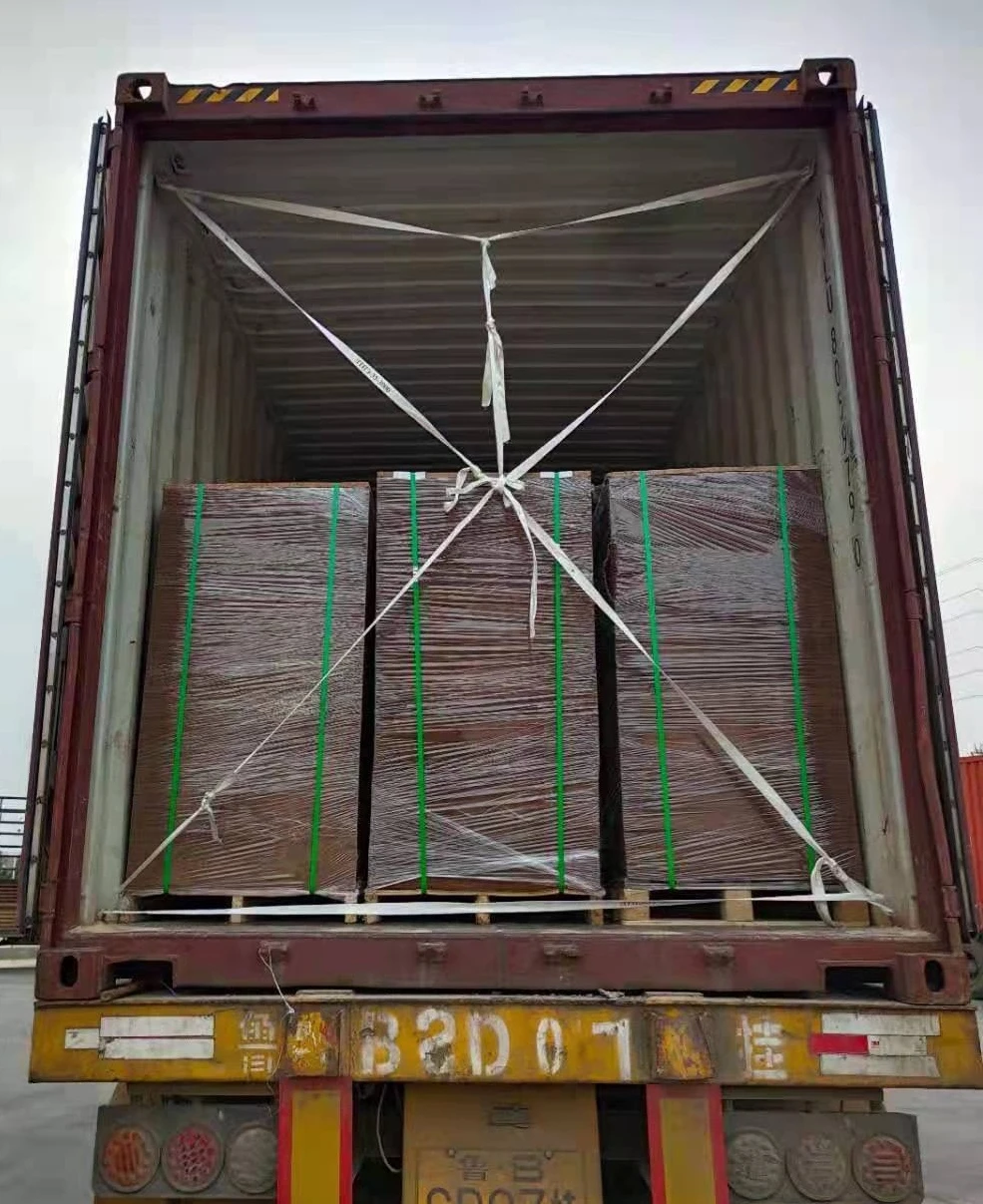Understanding Cooling Tower Chemical Dosing Ensuring Efficiency and Longevity
Cooling towers play a vital role in industrial and commercial setups, acting as heat exchangers to dissipate excess heat from equipment, processes, and buildings. To ensure optimal performance, maintain efficiency, and prolong the longevity of cooling towers, the management of water quality is crucial. This is where chemical dosing comes into play.
The Importance of Water Treatment
Water that circulates through cooling towers can accumulate impurities, including minerals, organic material, and biological contaminants. If left untreated, these impurities can lead to scaling, corrosion, and biological fouling, which can significantly impair the efficiency of the system. Chemical dosing involves systematically adding specific chemicals to the cooling water to mitigate these issues and maintain an optimal operating environment.
Common Chemicals Used in Dosing
1. Biocides These are critical for controlling the growth of algae, bacteria, and fungi in the cooling water. Effective biocides help prevent biological fouling and ensure the cooling system operates efficiently. Common biocides include chlorine, bromine, and various non-oxidizing agents.
2. Corrosion Inhibitors Corrosion can result in significant repair costs and system downtime. Dosing inhibitors in the water helps form a protective layer on metal surfaces, reducing the rate of corrosion. Common inhibitors include phosphate-based compounds, nitrites, and molybdate.
3. Scale Inhibitors The presence of minerals, such as calcium and magnesium, can lead to scaling on heat exchange surfaces. Scale inhibitors work by interfering with the deposition process, helping to keep the system free of unwanted mineral buildup.
4. pH Adjusters Maintaining the correct pH level is essential for optimizing the effectiveness of other treatment chemicals. Products such as sodium hydroxide or sulfuric acid may be used to adjust the pH, ensuring it remains within a desirable range.
cooling tower chemical dosing pdf

5. Flocculants and Coagulants These chemicals promote the aggregation of suspended solids, making it easier for them to be removed from the cooling water system. By improving water clarity, flocculants and coagulants enhance the overall effectiveness of the treatment process.
Chemical Dosing Systems
Chemical dosing in cooling towers is typically managed through automated systems that ensure precise and consistent application of chemicals. These systems can monitor water quality in real-time and adjust dosing accordingly, providing a dynamic approach to treatment. By automating the dosing process, operators can reduce the risks associated with manual handling and ensure that the correct amounts of chemicals are delivered at all times.
Monitoring and Maintenance
A successful chemical dosing regimen requires ongoing monitoring and maintenance. Regularly testing water quality parameters—such as pH, conductivity, and microbial counts—allows operators to assess the effectiveness of the dosing program. Adjustments may be necessary based on changes in water quality due to factors such as fluctuations in water supply, seasonal variations, or operational changes.
Environmental Considerations
It's essential to consider the environmental impact of chemical dosing. Operators should ensure that they are compliant with local regulations regarding chemical use and discharge. Additionally, adopting eco-friendly treatment options can help minimize the environmental footprint of cooling tower operations.
Conclusion
In summary, effective chemical dosing is integral to the operation of cooling towers. By utilizing the right combination of treatment chemicals, operators can protect their equipment, reduce maintenance costs, and enhance the overall efficiency of their cooling systems. This proactive management of water quality not only improves operational performance but also contributes to sustainability efforts by optimizing water usage and reducing environmental impact. With diligent monitoring and appropriate dosing strategies, cooling towers can continue to serve their critical function with minimal disruption and maximum efficiency.

